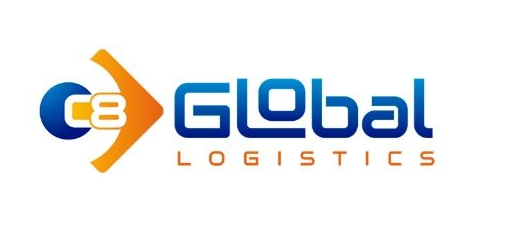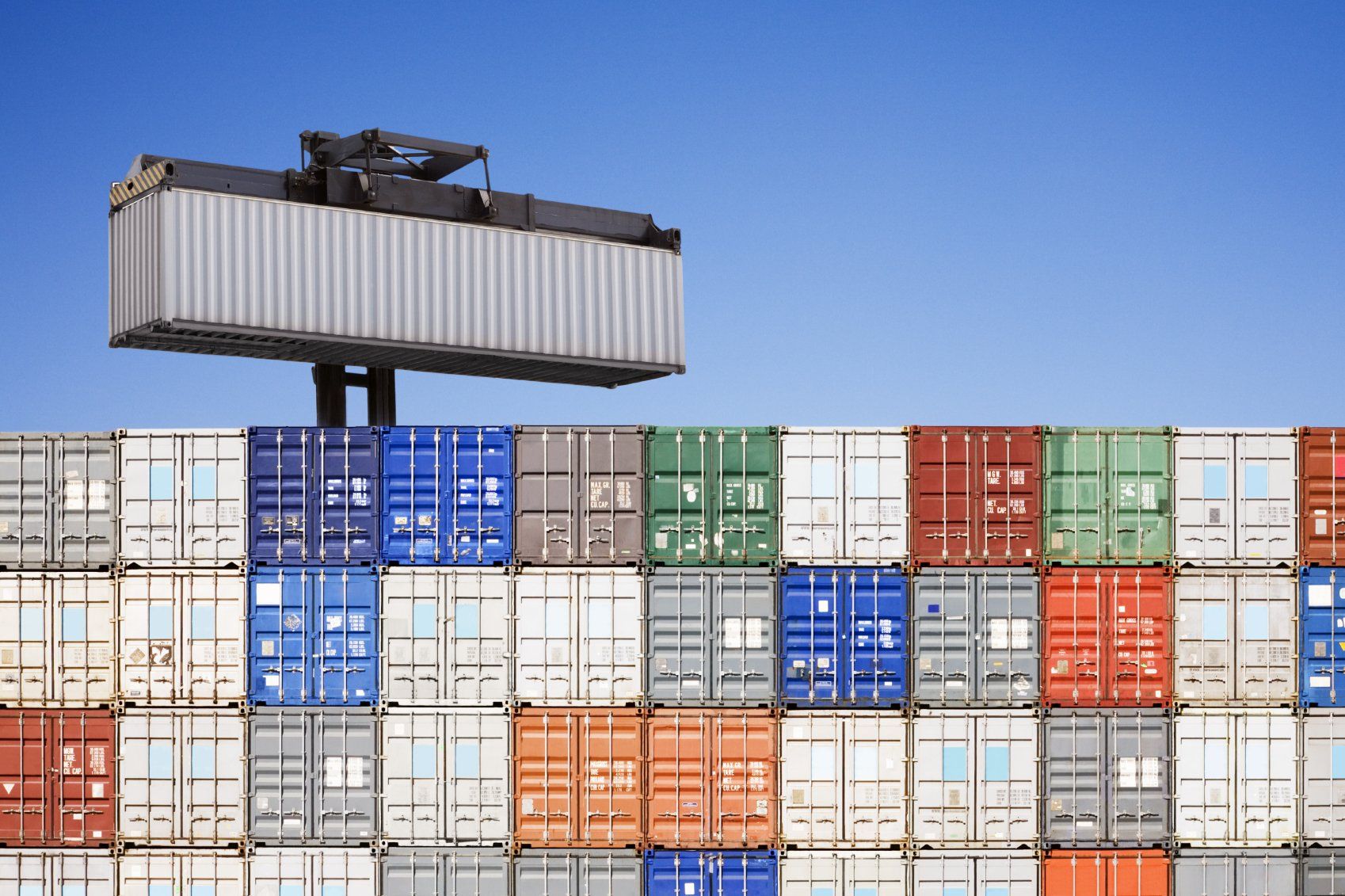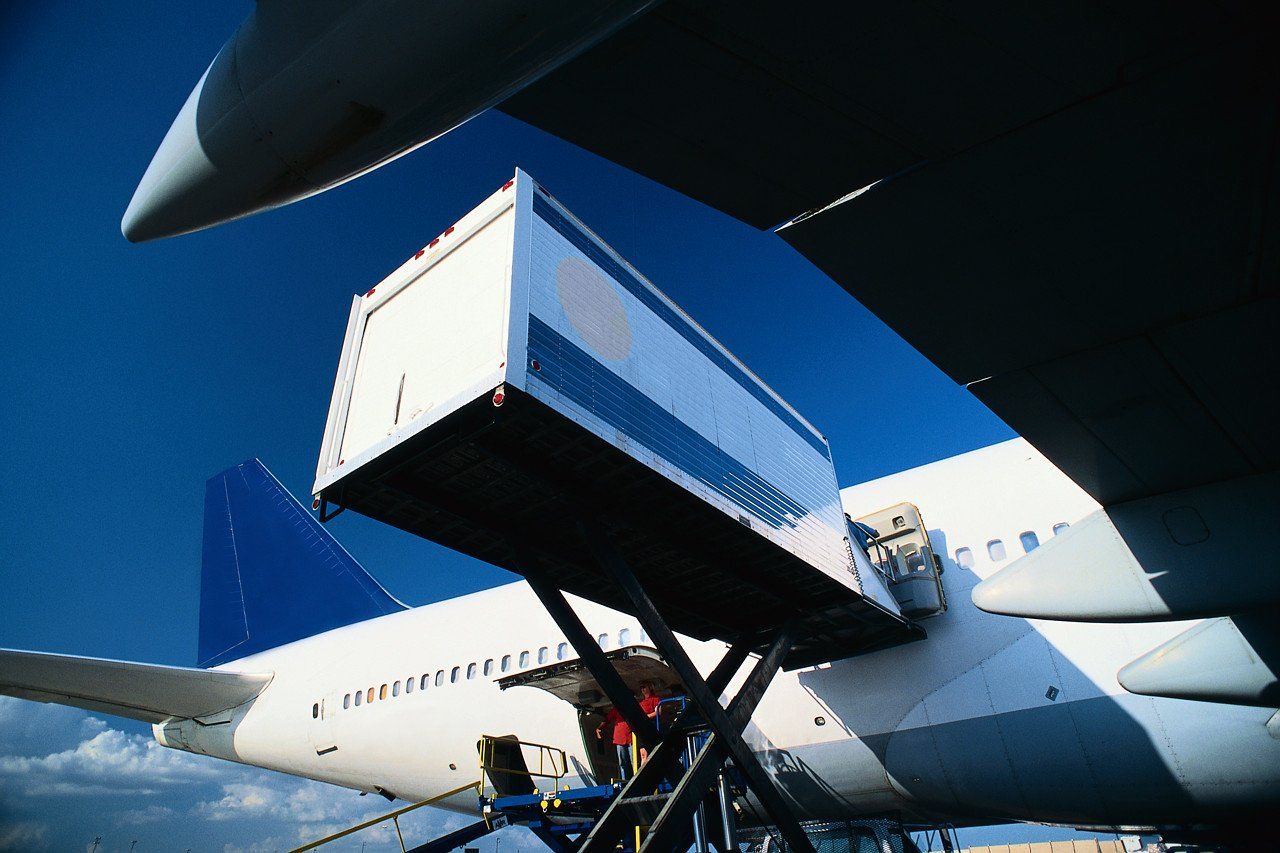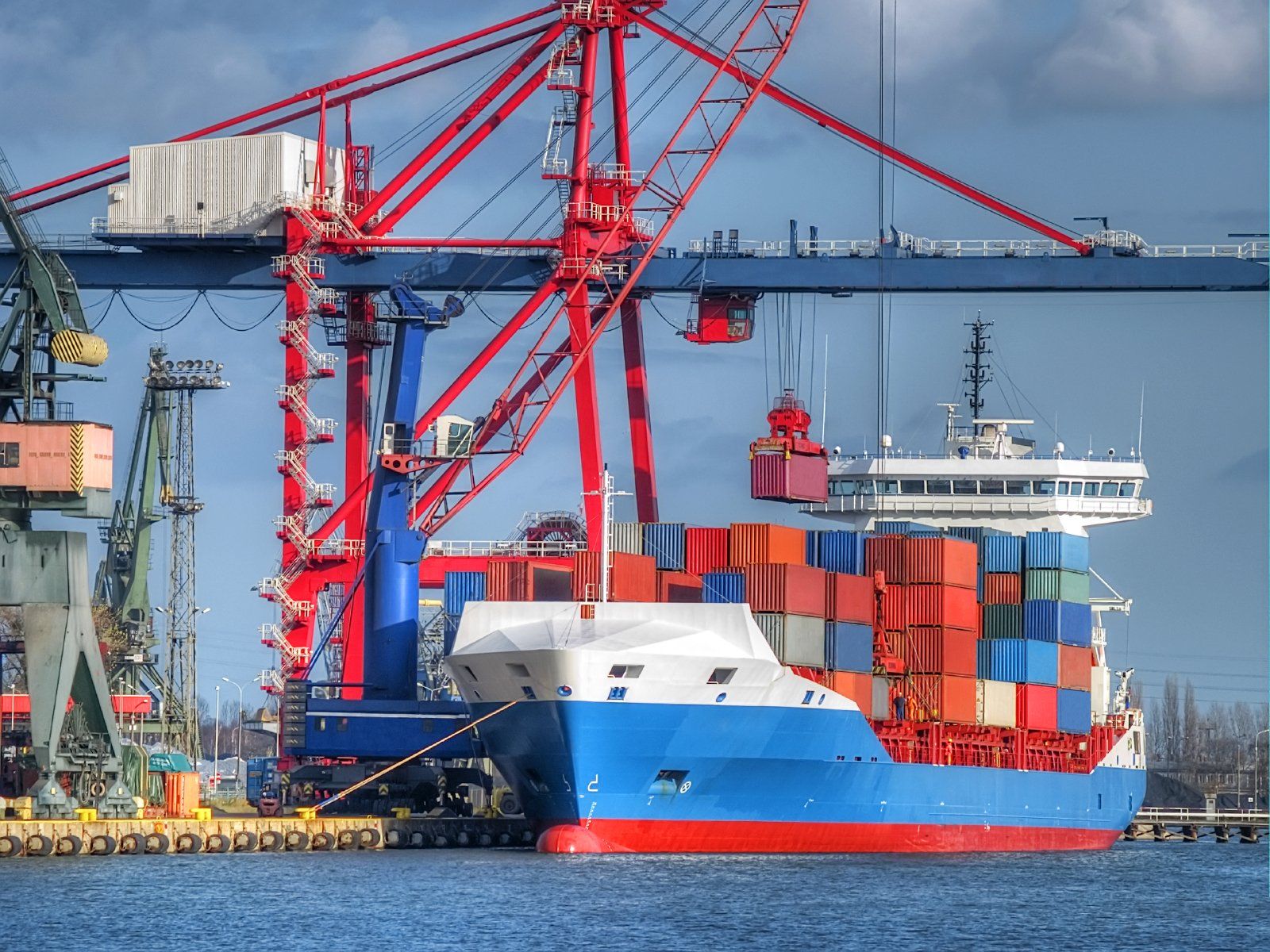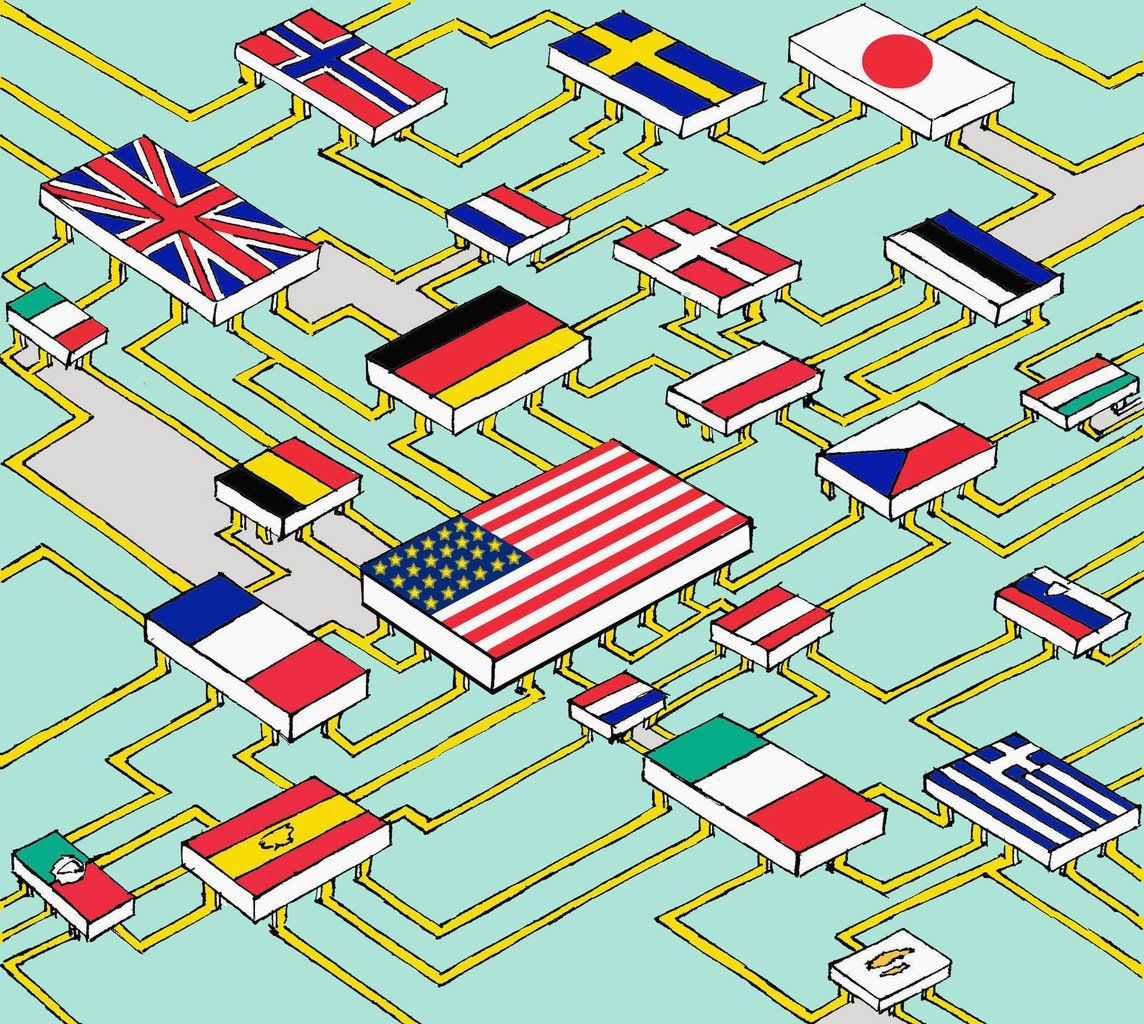Are changes in COVID-19 times for the bravest? (Part II)
23 July 2020
Did this start before Covid-19?
To name a few examples:
• Freight booking:
Booking freight (be it ocean-, air-, or road-freight) has started to move to digital platforms such as CEIF Management Tool and their digital forwarders have gained traction. The advantages of immediate visibility on price and availability has significantly speed up the booking process and shaved countless hours off quotation processes. Of course, complicated bookings still require actual “manual” communication, but this is driven out more and more.
• Freight rate benchmarking:
Finding out how your freight rates compare to the market, optimizing when to issue tenders, and using information to your advantage in rate negotiations used to be more an art than a science. Freight procurement was often shrouded in darkness and information oftentimes based either on anecdotal evidence or on a highly aggregated industry-level which was of limited usability. Services like CEIF Management Tool
have changed this and drive transparency through digitalization.
• Container management:
Owning, leasing and managing container equipment used to be something that every company did individually--oftentimes resulting in high fixed costs, low asset utilization and limited equipment availability where boxes were urgently needed. Services like CEIF Management Tool
have changed this and use digital technologies to allow companies to collaborate on equipment management.
Other examples within the logistics industry certainly exist--but the point is: Digital technologies are increasingly leveraged to drive efficiency, usually reducing the market power of integrated industry players. This is what we call the disintegration of the logistics value chain. At the same time, personal relationships are still a source of value but the way these are managed is changing and is becoming more “online”.
If you follow the argument above, it is easy to see that businesses (particularly freight forwarders in this example!) have to re-think their business models and technological set-ups. Don’t get us wrong: There will always be the need for a personal contact, a friendly chat and face-to-face issue resolutions. But technology will significantly change the underlying way of doing business. If you want to remain competitive and outgrow your peers, you have to adjust.
Try CEIF Management Tool
and convince yourself about the benefits that we can offer you with just a click.

















